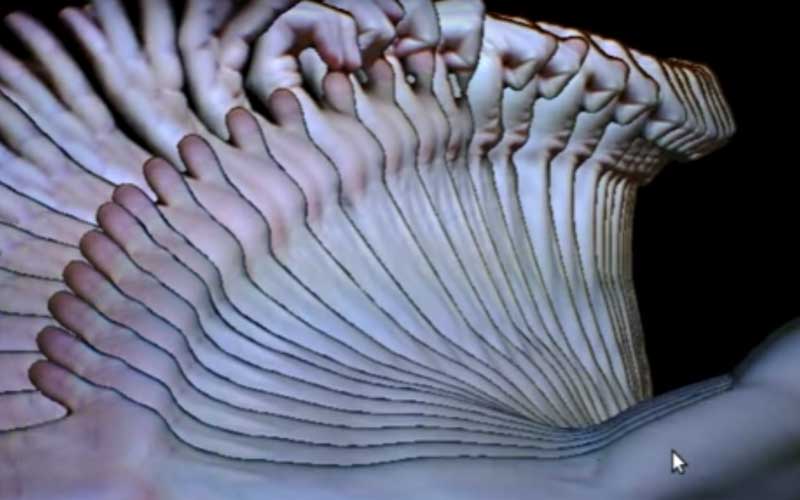The video trail effect is nothing new: it was first used in music videos like “Blame it on the boogie” from the Jackson 5 in 1978. Now, [Antonio Ospite] has put together a nice article that shows the basics of using OpenCV to create this effect in live video. He used the open source video processing package OpenCV for this, creating the effect with a short script. It can run in multiple ways, creating video trail effects, or “catch-up”trails (where the trail reverses into a final frame).
This provides an interesting example of how these video effects have become so much easier to create. The Jackson 5 video was created using a Scanimate and Quantel Paintbox system that was as big as a closet and cost hundreds of thousands of dollars. Now, you can create these effects with free software and a cheap PC. Now you just need to figure out what in our modern world looks awesome with this throwback effect.
















Ah the fun things you can do by plugging the output of a video mixer into the chromakey input. Or slightly lower-tech: point the camera at an object (say, a model of the Tardis — hint) with a monitor behind it that shows the camera’s picture. None of that modern digital “I can do this with a Raspi” kinda stuff. Now get off my lawn! :-)
A kind of video trails was used much earlier in cabaret shows: the phosphorus curtain behind the artist, and the strobo lighting. Shadows on the curtain appear as sequential trails
The Quantel Paintbox wasn’t launched until 1981, and Scanimate was more for stretching and warping images, got used in some simple animation too.
Like Jac said, stand in front of a blue screen, use chromakey, and feed output back into input. Or something similar without chromakey. Top of the Pops used this effect all the time through the 1970s, distinctly analogue thing. Pointing a camera at a monitor will do it, if the background is dark.
As Greenaum says, it won’t have been a Quantel Paintbox in 1978, as it didn’t exist until the early 80s (and even the original Classic Paintbox wasn’t the size of a closet, it was less than half a rack’s worth of equipment).
It COULD have used an early Quantel DVE like a 3000/1 (or possibly an early 5000/1 – not sure if that had launched by then) which allowed picture shrinking and zooming, and was available from around 1976. (It allowed the corner shrink used during the Montreal Olympics opening ceremony in 76)
Also used in experimental film, but with a double exposure technique. Mindbogglingly labor intensive work. But the result is sometimes absolutely wonderful: Pas de deux https://vimeo.com/40184263. [Norman McLaren] https://en.wikipedia.org/wiki/Norman_McLaren made some really cool films worth a look both as a hacker and a film buff.